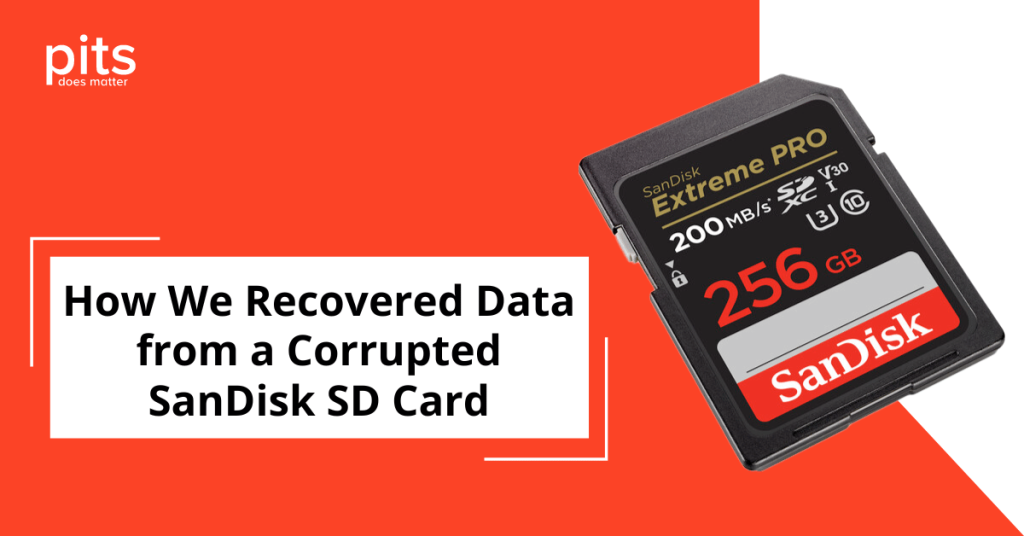In the perpetually evolving realm of storage devices, solid-state drives (SSDs) have emerged as the preferred choice for enhanced data storage, characterized by greater speed and reliability. Amongst the diverse array of SSD options available, the M.2 SSD has garnered substantial popularity owing to its diminutive physical footprint, outstanding performance capabilities, and versatile applicability. If you are new to the sphere of M.2 SSDs and seek comprehensive insights, you have arrived at the right destination. In this introductory guide, we shall delve into the nuances of what precisely an M.2 SSD encompasses, elucidate its operational principles, highlight its merits and demerits, discuss potential data loss vulnerabilities, and provide insights into data recovery solutions.
What Constitutes an M.2 SSD?
An M.2 SSD stands as a variant of a solid-state drive that adopts the M.2 form factor for its structural design. The M.2 form factor manifests as a small, rectangular, and slender configuration widely employed in contemporary computing systems and laptops. The nomenclature ‘M.2 SSD’ derives from the M.2 slot, where it finds insertion upon the motherboard. In contrast to conventional 2.5-inch SATA SSDs, M.2 SSDs occupy significantly less space, affording the latitude for streamlined and more compact device aesthetics. Their utility shines in applications such as slimline laptops, ultrabooks, and compact form-factor desktops.
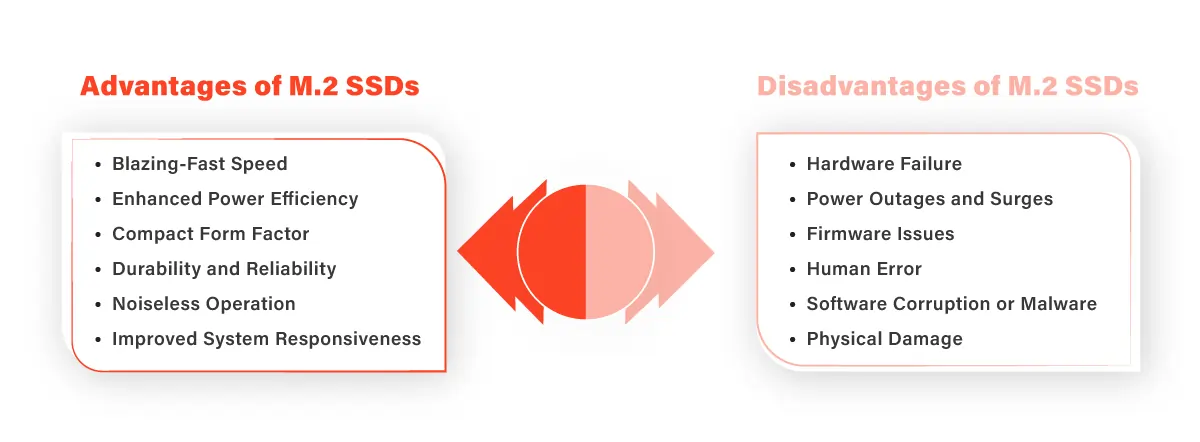
M.2 SSDs rely on flash memory technology for data storage. Flash memory is a variety of non-volatile memory capable of retaining data even when power is disengaged. This inherent attribute imparts to M.2 SSDs a heightened level of durability and dependability, distinguishing them from conventional hard disk drives (HDDs) that feature mechanical components susceptible to malfunction. Furthermore, flash memory facilitates accelerated data retrieval, thus culminating in enhanced operational performance.
M.2 SSDs are adaptable in terms of interface selection, with options including Serial ATA (SATA) and Peripheral Component Interconnect Express (PCIe), enabling connection to the motherboard of the computer. SATA-based M.2 SSDs furnish sequential read and write speeds reaching up to 550MB/s and 500MB/s, respectively, whereas PCIe-based M.2 SSDs exhibit substantially superior performance capabilities, with select models attaining sequential read and write speeds surpassing 3000MB/s.
Advantages of M.2 SSDs
M.2 SSDs confer numerous advantages over traditional storage alternatives. The following elucidates six key merits associated with employing an M.2 SSD:
Remarkable Speed: M.2 SSDs deliver vastly accelerated data transfer rates in contrast to conventional hard drives (HDDs) and even SATA-based SSDs. Capitalizing on the PCIe interface, M.2 SSDs achieve remarkable sequential read and write speeds, resulting in expeditious boot times, application launches, and file transfers. This, in turn, translates to a more responsive computing experience and reduced waiting periods.
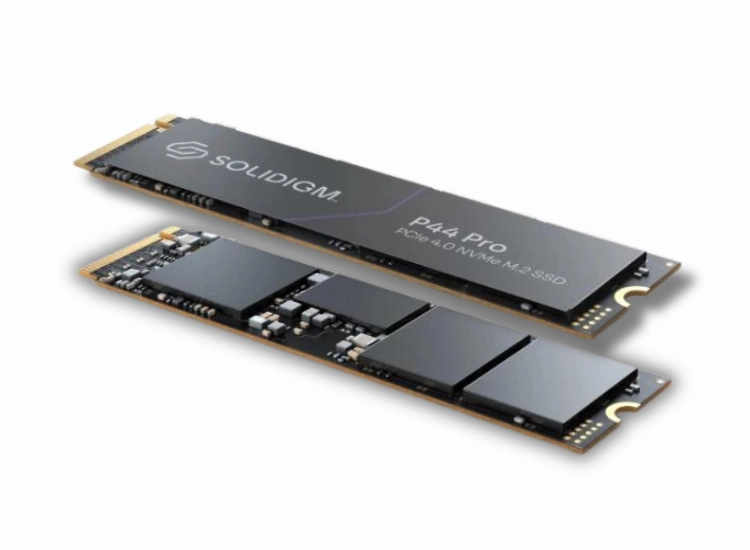
- Enhanced Energy Efficiency: M.2 SSDs exhibit superior power efficiency when juxtaposed with traditional hard drives, resulting in heightened energy conservation. This characteristic proves especially advantageous for laptops, as it extends battery life and enables prolonged usage on a single charge. Moreover, the diminished power consumption contributes to reduced heat emission, thereby potentially enhancing the overall system’s thermal performance.
- Compact Form Factor: M.2 SSDs are purposefully designed to be compact and slender, rendering them an optimal storage solution for contemporary devices confronted with spatial constraints, such as slimline laptops, ultrabooks, and compact form factor desktops. Their diminutive dimensions facilitate sleeker device aesthetics, superior airflow, and maximized utilization of the available internal space.
- Robustness and Dependability: M.2 SSDs hinge upon flash memory technology, devoid of moving components. Unlike conventional hard drives with rotating platters, M.2 SSDs exhibit diminished vulnerability to physical harm stemming from impacts, vibrations, or inadvertent falls. The absence of mechanical parts also translates into reduced wear and tear, culminating in augmented reliability and lifespan.
- Silent Operation: Operating without any moving parts, M.2 SSDs function silently, engendering a noise-free computing environment. This attribute proves especially advantageous for users who prioritize a tranquil workspace or necessitate applications sensitive to noise, such as audio recording or video editing.
- Augmented System Responsiveness: By adopting an M.2 SSD, one can markedly enhance the overall responsiveness of their system. The swifter data access and transfer speeds furnished by M.2 SSDs expedite application loading, hasten file access, and enhance task execution efficiency. Whether you belong to the gaming fraternity, are a content creator, or a business professional, an M.2 SSD can substantially elevate your productivity and user experience.
Drawbacks of M.2 SSDs
While M.2 SSDs present numerous merits, it is imperative to duly acknowledge their limitations. Herein, we delineate six disadvantages associated with the utilization of an M.2 SSD:
- Elevated Cost: M.2 SSDs have a propensity to command a higher price point than conventional hard drives (HDDs) and even SATA-based SSDs. The elevated cost can be attributed to their advanced technology, compact form factor, and enhanced operational speeds. This financial aspect may deter budget-conscious users who prioritize economical solutions over sheer performance.
Compatibility Hurdles: M.2 slots may not be present on older motherboard iterations or certain lower-end devices. Therefore, it is incumbent upon prospective M.2 SSD adopters to rigorously assess their system’s compatibility and ascertain the motherboard’s support for the M.2 form factor. In some instances, users may necessitate additional adapters or PCIe cards to facilitate M.2 SSD integration, which can introduce intricacies and potential supplementary costs to the upgrading process.
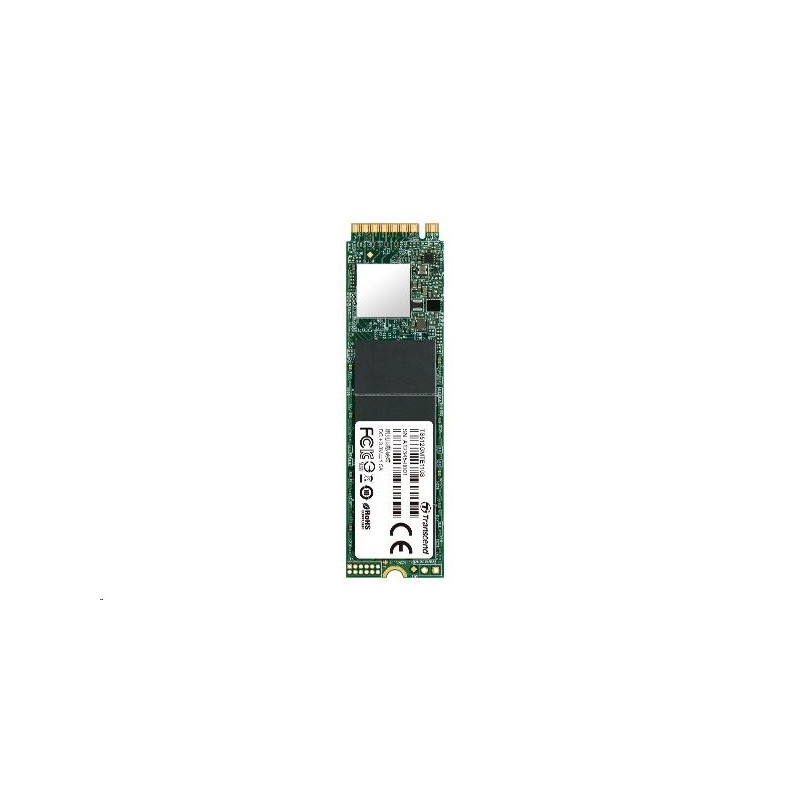
- Heat Management: M.2 SSDs tend to generate more heat in comparison to conventional storage devices. The compact nature of M.2 SSDs constrains the available space for effective heat dissipation, thereby potentially culminating in heightened operational temperatures. In the absence of adequate cooling mechanisms, excessive heat may trigger thermal throttling, leading to performance degradation and a reduced lifespan for the SSD.
- Restricted Storage Capacity: M.2 SSDs typically offer a more modest storage capacity when juxtaposed with traditional hard drives. While high-capacity M.2 SSDs are available, they often command a steep price. Users seeking copious storage space, such as for extensive media libraries or vast software repositories, may discern the cost per gigabyte of an M.2 SSD as a deterrent.
- Vulnerability to Data Loss: Analogous to all storage mediums, M.2 SSDs are not impervious to data loss risks. Power interruptions, physical harm, firmware anomalies, or inadvertent data erasure can precipitate data loss on an M.2 SSD. Hence, it is paramount to institute routine data backups to mitigate the potential repercussions of data loss.
- Limited Upgrade Potential: In instances where a system lacks an available M.2 slot, upgrading to an M.2 SSD may prove infeasible without substantive modifications or a comprehensive system overhaul. This limitation can curtail the upgrade avenues for specific systems, particularly older computers or cost-sensitive devices.
Data Vulnerabilities on M.2 SSDs
Data loss remains a latent concern that necessitates users’ vigilance when employing any storage medium, including M.2 SSDs. Although M.2 SSDs present a plethora of advantages, it is incumbent upon users to comprehend the underlying factors that can precipitate data loss and, correspondingly, to adopt appropriate precautionary measures. Herein, we enumerate some commonplace data loss susceptibilities affiliated with M.2 SSDs:
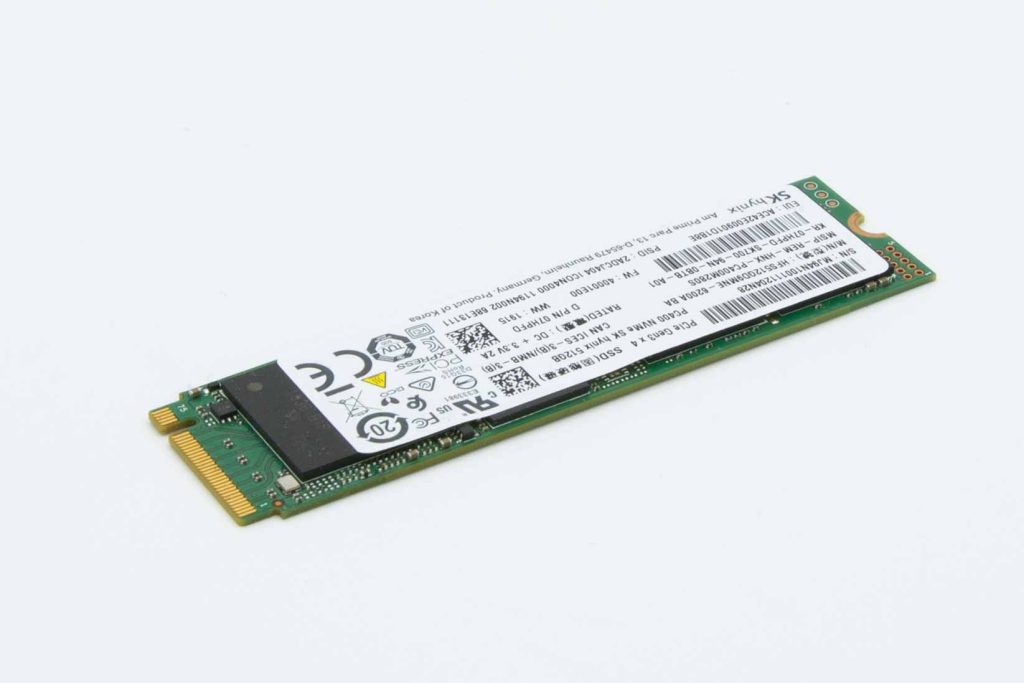
- Hardware Failures: Notwithstanding their general reputation for reliability in comparison to conventional hard drives (HDDs), M.2 SSDs remain susceptible to hardware failures. Electronic components or memory cells within the SSD may deteriorate over time, culminating in data loss. Prevailing hardware failure types encompass controller malfunctions, anomalies within NAND flash chips, or issues pertaining to the Printed Circuit Board (PCB).
- Power Interruptions and Surges: Sudden power outages or voltage surges can introduce risks to the data residing on an M.2 SSD. Unanticipated power disruptions during read or write operations have the potential to induce data corruption or partial writes, which could lead to the inaccessibility of afflicted files or even the entire SSD.
- Firmware Complications: Firmware, functioning as the SSD’s operating system, may sporadically encounter issues or glitches that could entail data loss or device malfunction. Manufacturers periodically release firmware updates to address such concerns, underscoring the importance of regularly updating SSD firmware to ensure optimal performance and security.
- Human Error: Inadvertent deletion, formatting, or overwriting of critical files is a facet of data loss that can transpire owing to human fallibility. In the absence of a robust backup strategy, these actions may result in irrevocable data loss on the M.2 SSD.
- Software Corruption or Malware: Malware infiltrations, software aberrations, or system instabilities can eventuate in data corruption on an M.2 SSD. This scenario may materialize when essential system files or user data are compromised or overwritten by malicious software or malfunctioning applications.
- Physical Detriment: While M.2 SSDs exhibit heightened resilience compared to HDDs, they remain susceptible to physical harm if mishandled or exposed to adverse conditions. Instances of device dropping, exposure to excessive heat, moisture, or other physical traumas may render the SSD inaccessible, rendering the data therein unrecoverable.
Mitigating Data Loss Risks on M.2 SSDs
To proactively address the potential risk of data loss on M.2 SSDs, it is advisable to consider the following prudent measures:
- Regular Data Backups: Develop a robust data backup strategy by routinely creating copies of crucial files residing on the M.2 SSD. This practice can be effectively executed through the utilization of external storage devices, cloud-based backup solutions, or dedicated backup software.
- Surge Protection: Deploy a dependable surge protector or an uninterruptible power supply (UPS) to shield both the M.2 SSD and the entire system against sudden power interruptions or voltage surges, which can prove detrimental to data integrity.
- Firmware Updates: Stay abreast of the latest firmware releases offered by the SSD manufacturer. Consistently verify available firmware updates and apply them as required to uphold the SSD’s stability, performance, and security.
- Data Recovery Services: In the unfortunate event of data loss on an M.2 SSD, consider enlisting the expertise of professional data recovery services. These specialists possess the requisite knowledge and specialized tools to potentially recover lost or inaccessible data from damaged or failed M.2 SSDs.
- Prudent Handling: Exercise care when handling the M.2 SSD, refraining from subjecting it to impacts, excessive bending, or exposure to extreme environmental factors such as temperature variations, moisture, or static electricity. Adhering to best practices for hardware installation and maintenance will aid in mitigating the risk of physical damage.
By diligently implementing these precautions and maintaining an acute awareness of potential risks, users can significantly reduce the probability of data loss on M.2 SSDs, thereby ensuring the preservation and security of their valuable data.
M.2 SSDs have ushered in a transformative era within the storage industry, characterized by their compact design, exceptional performance capabilities, and an array of advantages. They deliver noteworthy enhancements in terms of speed, space efficiency, energy conservation, and resilience in comparison to traditional storage alternatives. Nonetheless, they are not exempt from certain drawbacks, encompassing cost considerations and compatibility intricacies. Furthermore, it is paramount to acknowledge that data loss risks are inherent to any storage medium, and M.2 SSDs are no exception. Hence, the prudent course of action entails the establishment of regular data backups and readiness to seek professional data recovery support when data loss events occur. Through meticulous deliberation and the adoption of appropriate measures, M.2 SSDs can indeed furnish a dependable and efficient storage solution for your computing requisites.
Frequently Asked Questions
What distinguishes an M.2 SSD from a conventional 2.5-inch SATA SSD?
M.2 SSDs and traditional 2.5-inch SATA SSDs diverge in terms of their physical dimensions and interface. M.2 SSDs possess a more petite and slender form, directly connecting to the motherboard via an M.2 slot. Conversely, 2.5-inch SATA SSDs are larger and establish connections via SATA cables. M.2 SSDs frequently deliver swifter data transfer speeds and exhibit more compact designs, rendering them suitable for deployment in slim laptops and small form factor systems.
Are M.2 SSDs universally compatible with all motherboards?
The compatibility of M.2 SSDs is contingent upon the specific specifications of the motherboard in question. Some motherboards accommodate both SATA and PCIe-based M.2 SSDs, while others may exclusively support one variant. It is imperative to scrutinize the motherboard’s documentation to ascertain the supported types and keying of M.2 slots. Additionally, the dimensions of the M.2 SSD module should align with the available space on the motherboard.
Can I employ an M.2 SSD as the principal boot drive?
Indeed, M.2 SSDs can serve as the primary boot drive. They exhibit expedited boot-up times in comparison to traditional hard drives and possess the potential to significantly enhance overall system performance. By configuring the operating system and essential applications on the M.2 SSD, you can experience accelerated startup sequences and prompt application launch times.
Is it possible to transfer data from my existing storage drive to an M.2 SSD?
Certainly, data can be transferred from your extant storage drive to an M.2 SSD. Multiple methods facilitate this process, such as the utilization of data migration software or manual file copying. Data migration software simplifies the procedure by duplicating the entire drive, encompassing the operating system, applications, and data, onto the new M.2 SSD. However, it is imperative to ensure that the storage capacity of the M.2 SSD is adequate to accommodate all the data from the pre-existing drive.


